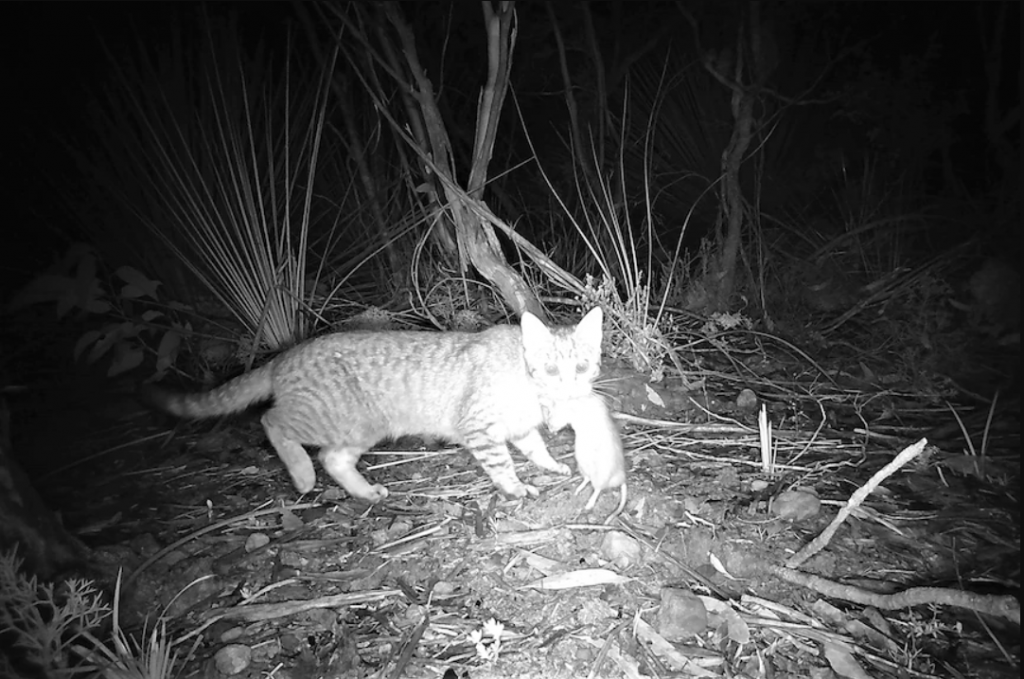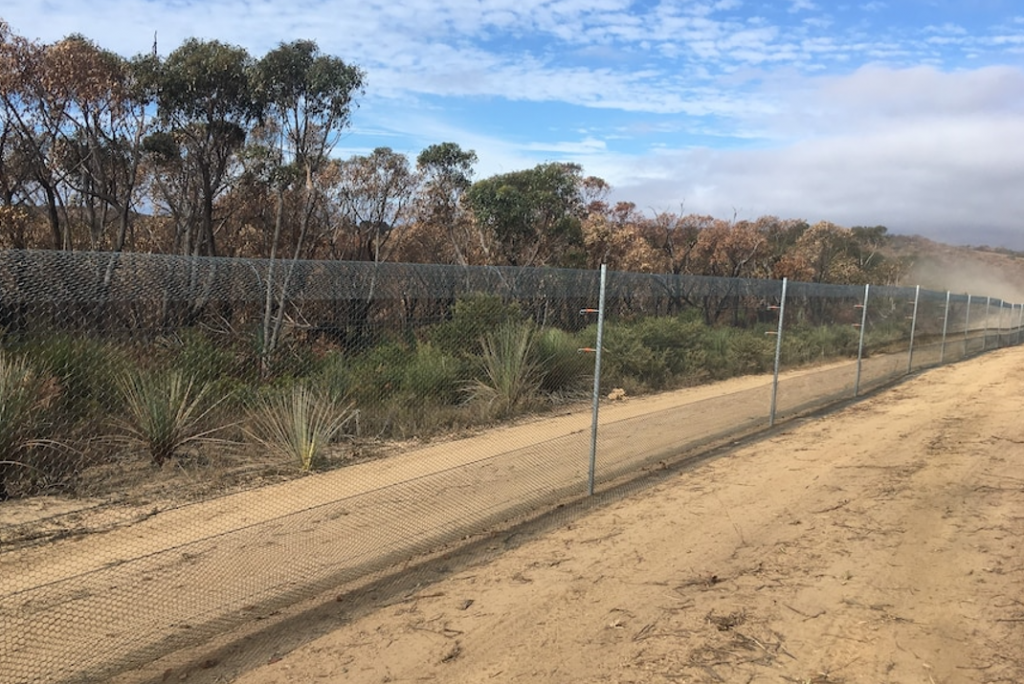Black Summer Bushfire Recovery Community stories: 27 January 2022
Just off the South Australian mainland you will find Kangaroo Island (KI). Australia’s third largest Island, KI is known for its stunning nature reserves and wildlife. During the 2019/20 bushfires, the flora and fauna of KI was severely impacted. Around 210,000 ha was burned, which destroyed numerous bushland patches of reserves and private property. The true damage of what this has done to the environment and its habitats is still being determined; it may take years to properly understand the impacts.
With this in mind, all remaining vegetation across KI is now considered to be highly important for conservation. Protecting the wildlife that live within these bushland areas is a high priority to organisations like the Nature Foundation. Their vision is to inspire people to connect with and conserve the natural habitat of South Australia for future generations. The Nature Foundation is involved in a number of projects that educate the broader community, provides scientific research and raises funds and awareness for their conservation work.
One of their more recent and ongoing projects is completely eradicating feral cats from Dudley Peninsula, which is located on the eastern side of the Island. Conservationists report that the feral cats living on KI are preying on small animals and birds that are already under threat from the mass loss to their habitat after the bushfires. They are also known carriers of parasitic diseases (Sarcosporidiosis and Toxoplasmosis), which have caused economic impacts on the island’s primary producers. These diseases are known to affect sheep across the island.
To help reduce the numbers of feral cats, the Nature Foundation received a $25,000 Strengthening Rural Communities (SRC) grant, which was funded by the Fire Fight Australia Fund from donations received during the concert for national bushfire relief in February 2020. The SRC grant was used to purchase and install equipment needed to monitor the cat numbers and their movements around the peninsula. The Nature Foundation has built a cat proof fence that separates the peninsula from the remainder of the Island. They made sure to include gaps in the fence so other wildlife like Kangaroos can get through to the other side. The cameras were installed at the fence breaks to monitor the effect of the fences and to determine the best way to control feral cat numbers.
Since installing the fence and the cameras, it has been reported that numbers and diversity of species within the enclosed area have almost doubled. As reported by the ABC, the current traps set up along the fence are proving to be extremely successful in reducing the number of feral cats to the area.



